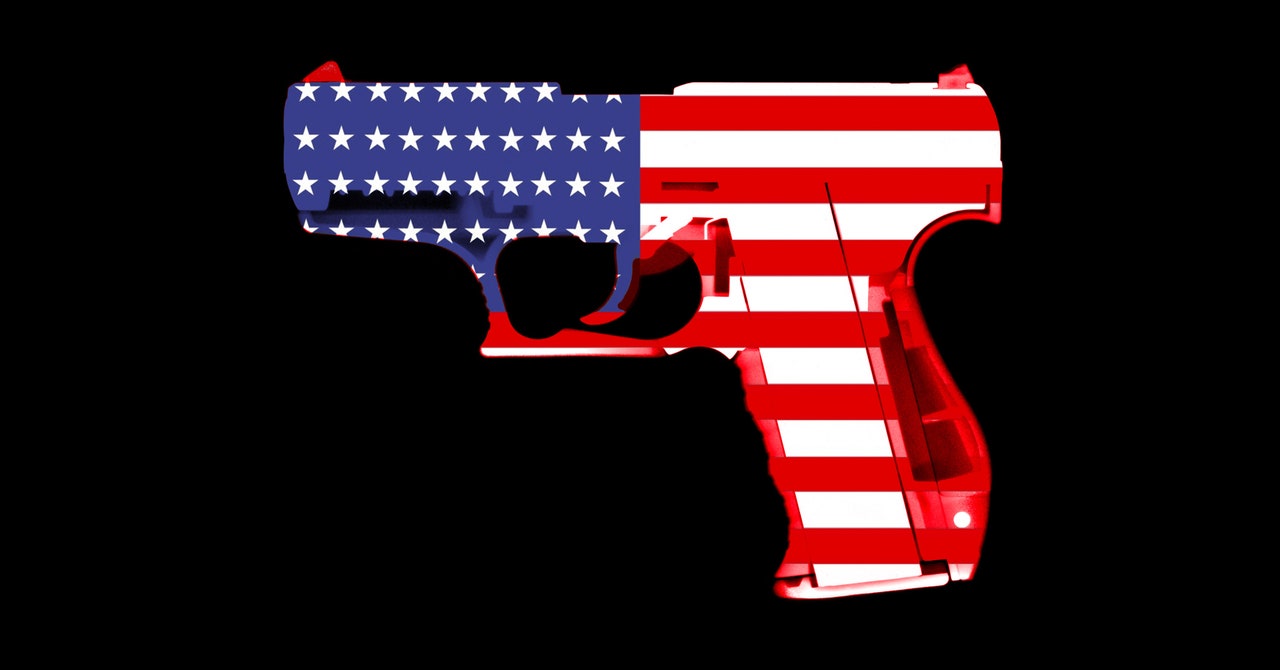“Yeah, I think that was,” Republican senator Thom Tillis says of Cornyn’s unscientific news clipping.
JFK’s Legacy
For Tillis, what truly unified the disparate group of progressives and conservatives was data—just not gun data. Instead, he says, their negotiations were most influenced by former president John F. Kennedy.
On October 31, 1963, Kennedy signed into law the Community Mental Health Act, a measure aimed at replacing asylums with community-based mental health clinics. Three weeks later, Kennedy was gunned down, burying the promise of his vision to reform mental health care in the US. In the ensuing decades, communities nationwide ditched asylums, but robust funding for local clinics never materialized.
In 2014, Congress passed the Excellence in Mental Health Act, which promised to be the realization of JFK’s now half-century-old dream. Republican senator Roy Blunt of Missouri and Democratic senator Debbie Stabenow of Michigan teamed up to pass those mental health reforms, and they have since tracked the pilot programs their law set up, initially, in eight states. Over a five-year period, these federally supported Certified Community Behavioral Health Clinics “had 63.2% fewer emergency department visits for behavioral health issues, saw a 40.7% decrease in homelessness and spent 60.3% less time in correctional facilities,” according to the Department of Health and Human Services.
Those results and related stats proved magnetic to Washington’s fiscal conservatives and defund-the-police progressives alike.
“It was critical because other people wanted to do something and had ideas, yet none of it was developed or actionable,” Stabenow says. “People felt like it was real. It was tangible.”
A huge selling point is that to be eligible for the federal program, states are required to set up 24-hour psychiatric crisis centers. That reduces police responsibility, which was appreciated by law enforcement groups nationwide, who don’t want officers charged with mental health duties. Hence, these local efforts were nationalized this summer as a part of the compromise measure.
“There were a few around the country, but no national effort to make this happen,” Blunt says. “We had a program working, producing significant results, widely supported by law enforcement, by emergency rooms, by families who didn’t have the kind of relief they needed to the mental health problems peaceful people were facing.”
The Blunt-Stabenow mental health program provided Senate negotiators with around five years of unambiguous data from states as different as Oklahoma and New York. That proved essential to its inclusion.
“We started using as much data as we could to say, ‘This is a hypothetical, this is measurable,’” Tillis says. “It was tangible.”
That’s also why Cornyn’s not wrong when he bristles at the “gun control” label. Roughly two-thirds of the funding tucked into the new federal “gun” law goes to behavioral health. Lawmakers expect, based on results from those local pilot programs, to see a trickle-up effect nationwide as cops are (on paper, at least) replaced with much-needed mental health workers.
“We ended up going, ‘What are the root causes?’” Tillis says. “If we’re taking a look at reducing gun deaths and taking a look at behavioral health, which is linked to a lot of these active shooter environments, it was using data to say, ‘What decisions could we make that would most likely make the best outcome?’”
Heavy Traffic
Then there’s the US-Mexico border. Mexico estimates that some 2 million proudly made-in-America guns have flooded its streets and those of its own southern neighbors, fueling incomprehensible—and unquantifiable—bloodshed. And the violence, in return, causes hundreds of thousands to flee their homes and risk death to head north annually.
One of the most dramatic changes tucked into the new law fundamentally alters the relationship between the United States and Mexico, as well as Guatemala, El Salvador, and Honduras (aka the Northern Triangle).

































